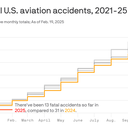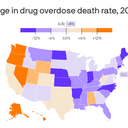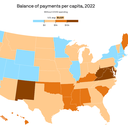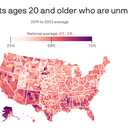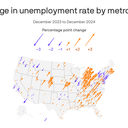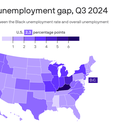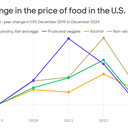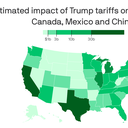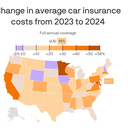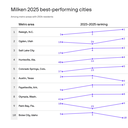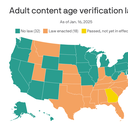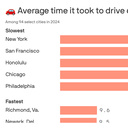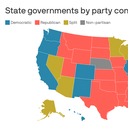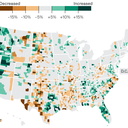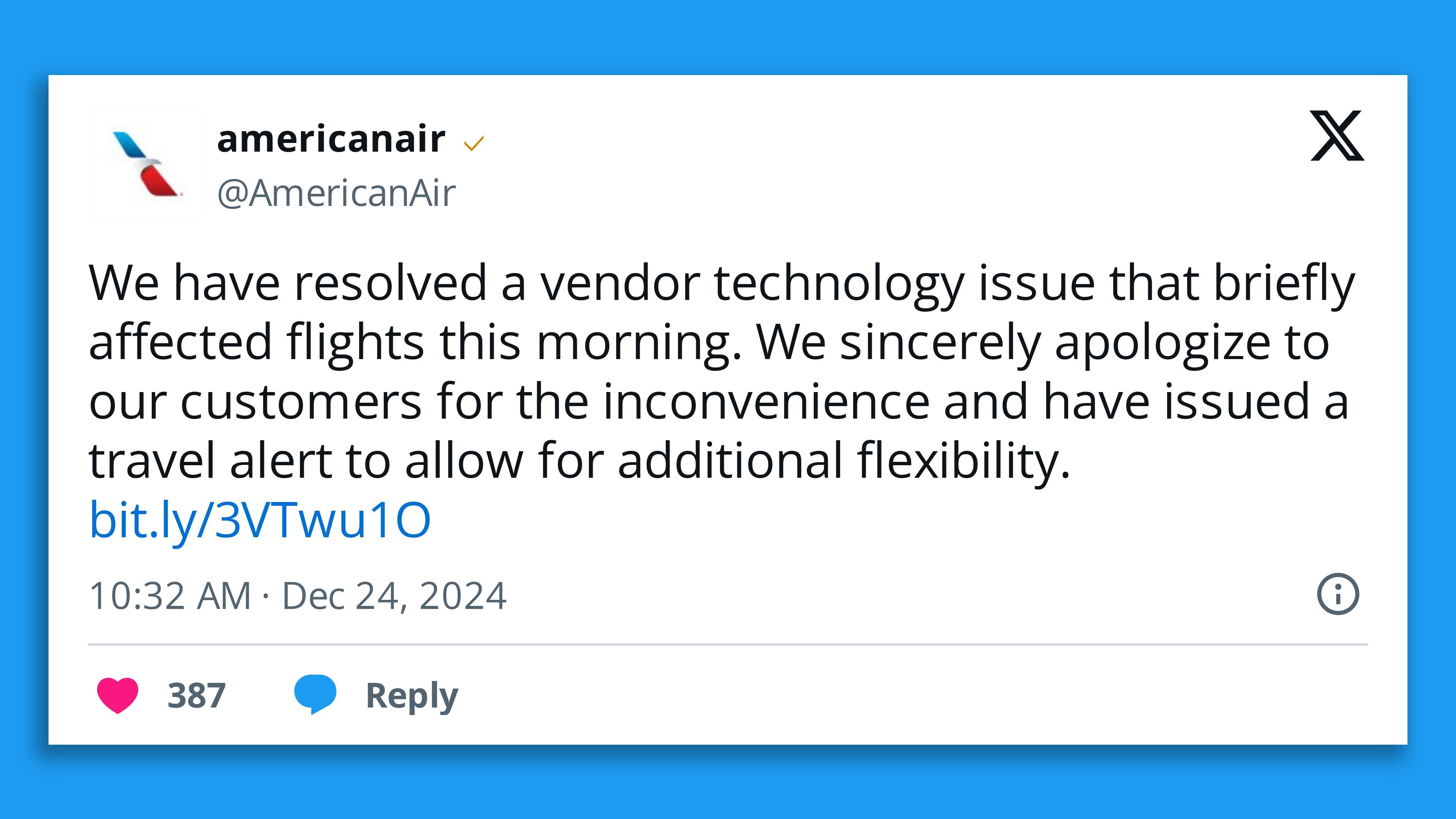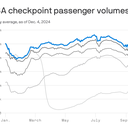Is it safe to fly? NTSB data says yes
2025 is on pace for fewer fatal aviation accidents compared to the last several years, despite the I'll-just-drive vibes lately.
Why it matters: It may seem like the planes are falling out of the sky over the past few weeks, but the data paints a different picture.
By the numbers: There have been 13 fatal U.S. aviation accidents so far in 2025, per NTSB data.
- There were 31 such accidents in January and February 2024, 28 during those months in 2023, 33 in 2022, and 39 in 2021.
How it works: That includes all U.S. civil aviation, from single-engine private planes to commercial airliners — the latter of which have far more pristine safety records.
- It also includes Alaska, where often treacherous conditions can make flying more dangerous compared to the Lower 48.
Caveat: This is a measurement of overall accidents, not the number of fatalities.
- So January's tragic midair collision near Ronald Reagan Washington National Airport, which killed 67 people, only counts once.
- Still, that was an aberrant event — the country's first major fatal commercial air disaster in about 16 years, a remarkable stretch of safe flying.
Between the lines: There's palpable unease in some aviation circles about President Trump and Elon Musk's still-vague plans to "upgrade" air traffic control.
- That the Trump administration recently fired hundreds of FAA technicians and other staffers has only amplified those concerns.
Yes, but: There's no clear link between Trump's recent moves and the latest high-profile aviation incidents.
The bottom line: It's perfectly reasonable to be concerned about aviation safety right now, given all the headlines. But frequency illusion is a heck of a thing, and as Superman said: Statistically speaking, flying is still the safest way to travel.
